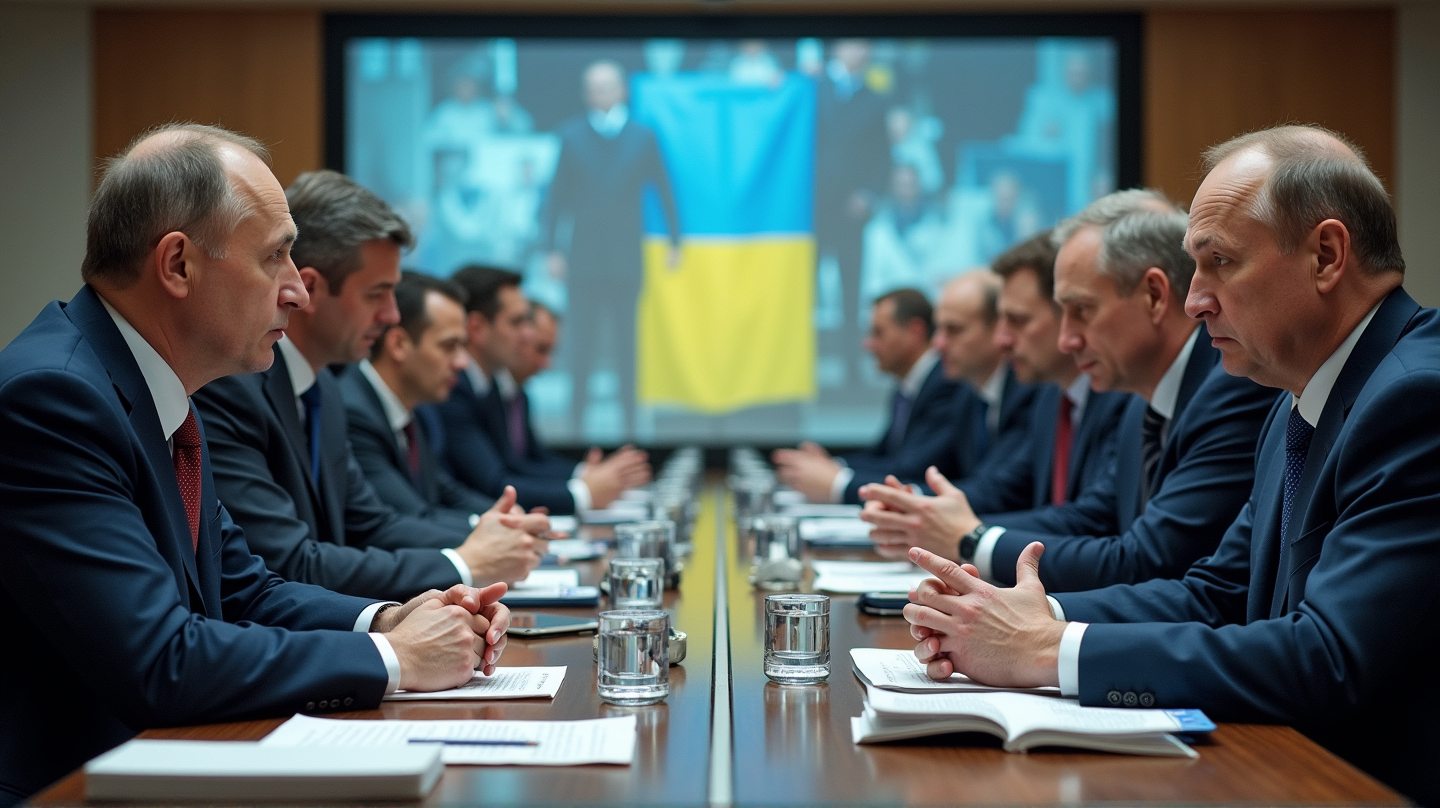Europe's Bold Move to Utilize Frozen Russian Assets for Ukraine
European leaders aim to utilize frozen Russian funds to lend €140bn to Ukraine, fueling its defense efforts, hinting at a strategic breakthrough.

In a decisive moment for Ukraine’s defense strategy, European leaders are on the brink of securing a groundbreaking deal. Plans are underway to utilize frozen Russian central bank deposits to finance a €140 billion interest-free loan to Ukraine. This bold initiative has been deemed critical for Kyiv as it wrestles with the ongoing conflict. According to The Guardian, this move may come to fruition by year’s end.
A Strategic Financial Shift
The idea, quietly championed by Poland’s foreign minister Radosław Sikorski, is gaining momentum. He expressed confidence that the resolution could be achieved sooner rather than later. The logic is straightforward: why spend European taxpayers’ money when frozen Russian assets could foot the bill? This sentiment resonates with many EU leaders eager to relieve their financial burden while supporting Ukraine.
Details of the Loan Proposal
This proposed loan isn’t about confiscating assets but leveraging them. The European Commission’s plan outlines a scheme where the loan would be backed using assets held by the Euroclear finance agency. The expectation is that Russia will eventually use these frozen assets to pay war reparations, a move that underlines the innovative nature of the proposal.
Economic Realities and Challenges
Ukraine faces immense financial challenges, running at a budget deficit amidst the prolonged military struggle. With predictions indicating a need for up to $50 billion in external support by 2026, the pressure mounts. Rising operational costs and wavering U.S. commitment have pushed Europe’s leaders to draft this proactive measure. This call to financial arms hopes to rally the G7, with Belgium playing a pivotal role given it hosts most of the frozen assets.
Legal and Political Hurdles
Despite the excitement, hurdles remain, notably the legal intricacies and the need for American endorsement. EU officials strive to ensure the plan aligns with international law, a crucial factor amidst legal scrutiny. The draft proposal seen by insiders already suggests bolstering European solidarity and risk-sharing, minimising potential backlash.
Toward a Unified Front
As conversations advance, significant findings emerge. The UK has already rallied support by redirecting Russian asset profits to Ukraine. Now, the shift to using capital sums marks a historical pivot. Germany, once wary, now champions this cause, signaling a notable shift in policy approach.
Conclusion: A Hopeful Road Ahead
While the legal landscape continues to evolve and intricate negotiations advance, the collective resolve underpinning this initiative stands as a testament to European solidarity. The path forward may be fraught with challenges, yet European leaders appear unified in their pursuit of a strategic solution that could redefine Ukraine’s arsenal in its fight for sovereignty.





